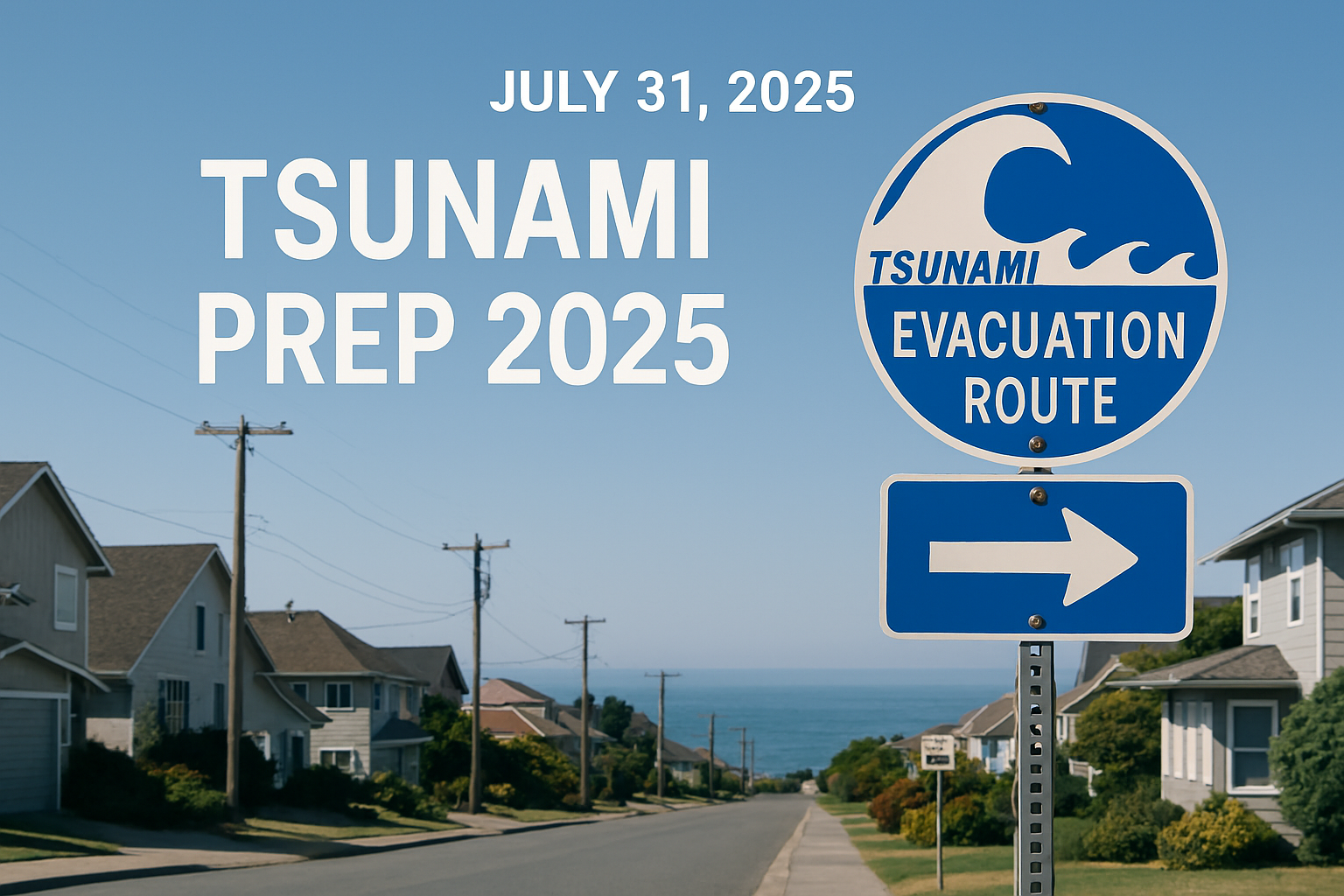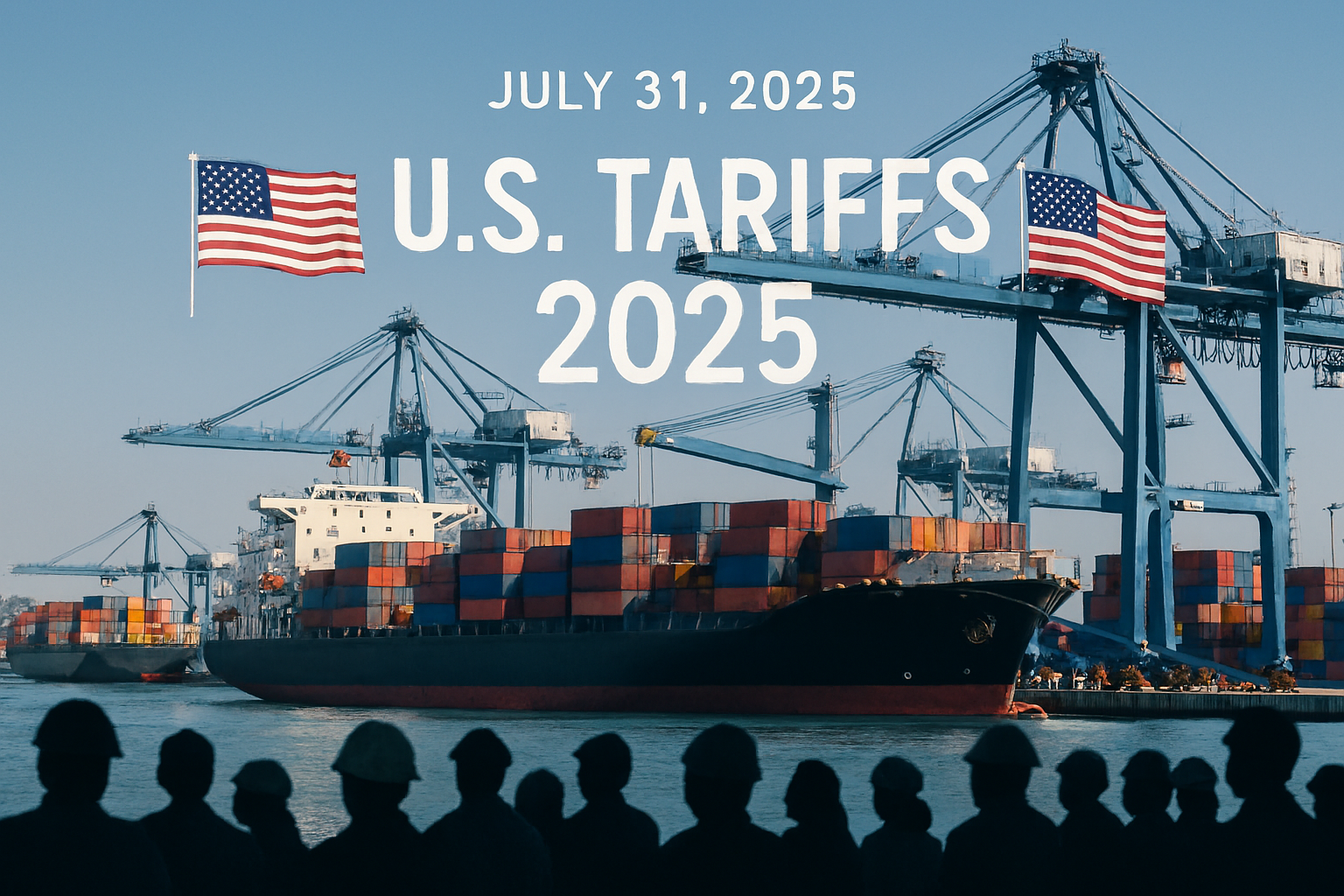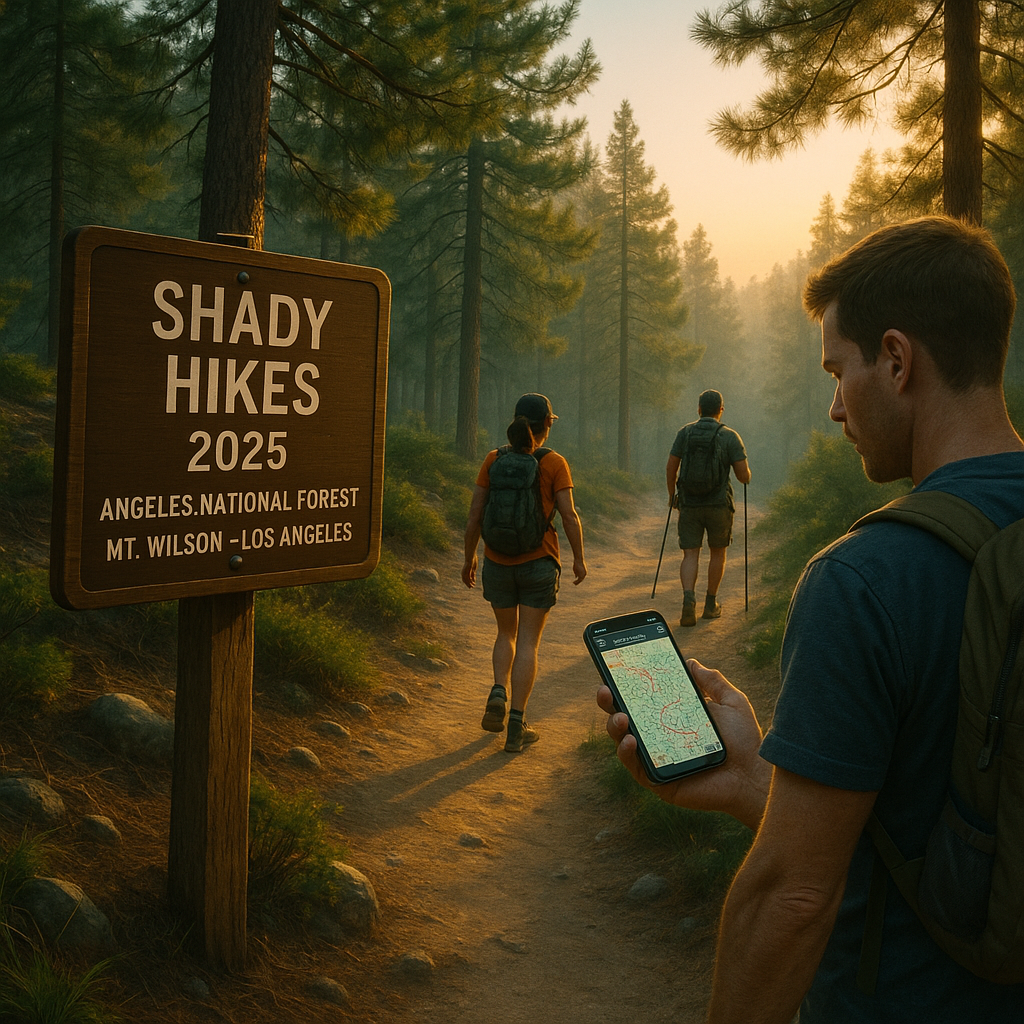Tsunami Preparation 2025: Essential Steps for U.S. and Global Safety

Imagine the ground shaking, sirens blaring, and a wall of water racing toward your community. The tsunami preparation 2025 guide comes at a critical time, following the devastating 8.8-magnitude earthquake off Russia’s Kamchatka Peninsula in July 2025, which sent waves crashing into California, Hawaii, and Japan, per Newsweek. Tsunamis, triggered by earthquakes, volcanic eruptions, or landslides, can strike with little warning, flooding coastal areas and displacing thousands. For U.S. residents along the Pacific and Gulf coasts, preparation is non-negotiable, while global communities in tsunami-prone regions like Japan and Indonesia face similar risks. This article provides a step-by-step guide to tsunami safety, tailored first for Americans and then for international audiences, with practical tips to protect lives, property, and peace of mind. Don’t wait for the next wave—act now.
Tsunami Preparation for U.S. Audiences
The U.S., particularly the West Coast, Hawaii, and Alaska, faces significant tsunami risks due to its proximity to the Pacific Ring of Fire, where 80% of tsunamis originate, per USGS. The 2025 Pacific tsunami, with 3.6-foot waves in Crescent City, California, and 5.7-foot surges in Kahului, Hawaii, underscored the need for readiness, per Newsweek. Here’s how to prepare:
1. Know Your Risk
- Identify Tsunami Zones: Check if you live, work, or vacation in a tsunami hazard area using NOAA’s tsunami.gov maps or local government resources. Coastal areas below 100 feet elevation and within 1 mile of the shore are most at risk, per FEMA. In California, 70% of residents live in counties with tsunami zones, per California Geological Survey.
- Understand Warning Signs: Learn natural cues (e.g., a strong earthquake lasting 20+ seconds, sudden ocean retreat) and official alerts from the National Tsunami Warning Center, delivered via NOAA Weather Radio, cell phone alerts, or local sirens, per Ready.gov.
2. Create an Evacuation Plan
- Map Escape Routes: Identify routes to high ground (at least 100 feet above sea level or 2 miles inland) using local evacuation maps, available in cities like Crescent City or Honolulu, per Hawaii Emergency Management Agency. Practice these routes with your family, aiming to reach safety in 15–20 minutes, per FEMA.
- Designate Meeting Points: Choose a safe inland location for family reunification, avoiding coastal bottlenecks seen in Hawaii’s 2025 gridlock, per Hawaii News Now.
- Plan for Vulnerabilities: Ensure elderly or disabled family members have accessible evacuation options, such as pre-arranged transport, per Red Cross.
3. Build an Emergency Kit
- Essentials: Pack a 3-day supply of water (1 gallon per person/day), non-perishable food, first-aid supplies, flashlights, batteries, a multi-tool, blankets, and medications, per Ready.gov. Include a NOAA Weather Radio and portable charger, per FEMA.
- Documents: Store copies of IDs, insurance policies, and medical records in a waterproof container, as flooding can destroy paperwork, per Newsweek (2025 tsunami coverage).
- Go-Bag: Keep a lightweight go-bag in your car or workplace for rapid evacuation, per California Office of Emergency Services.
4. Protect Property
- Elevate Valuables: Move electronics, furniture, and important documents to upper floors or attics, as seen in Hilo’s 2025 flooding, per Hawaii News Now.
- Flood Insurance: Standard homeowners’ insurance doesn’t cover tsunamis. Purchase flood insurance through the National Flood Insurance Program (NFIP) at least 30 days before a potential event, per FEMA.
- Structural Reinforcement: Retrofit homes with flood-resistant materials or elevate structures in high-risk areas, per USGS.
5. Stay Informed and Practice
- Monitor Alerts: Download the FEMA app or follow weather.gov for real-time updates. During the 2025 tsunami, timely NWS alerts saved lives in California, per Los Angeles Times.
- Drill Regularly: Participate in community tsunami drills, like California’s annual Tsunami Preparedness Week, to build muscle memory, per California Geological Survey.
- Educate Your Community: Share preparedness resources with neighbors, as community coordination reduced casualties in Japan’s 2025 evacuations, per The Washington Post.
U.S.-Specific Considerations
- West Coast: Cities like Crescent City and San Francisco face risks from Cascadia Subduction Zone quakes. Install tsunami sirens and vertical evacuation structures, as seen in Newport, Oregon, per KSBY.
- Hawaii: With frequent tsunami warnings, ensure boats move to deep water (180+ feet) to avoid harbor damage, as in Haleiwa’s 2025 event, per Newsweek.
- Alaska and Gulf Coast: Remote Alaskan communities need self-reliant plans, while Gulf states like Louisiana face lower but real risks from underwater landslides, per USGS.
Tsunami Preparation for Global Audiences
Tsunami risks extend beyond the U.S., with countries like Japan, Indonesia, Chile, and New Zealand facing frequent threats due to their tectonic settings. The 2025 Pacific tsunami, which hit Japan with 4.3-foot waves and flooded Russian ports with 13-foot surges, highlighted global vulnerabilities, per Newsweek. Here’s how international communities can prepare:
1. Understand Local Risks
- Regional Hotspots: Japan’s Tohoku region, Indonesia’s Sumatra, and Chile’s coast are prone to mega-thrust quakes, per UNDRR. Use national disaster agency maps (e.g., Japan’s jma.go.jp) to identify hazard zones.
- Cultural Context: In remote Pacific Island nations, oral traditions often guide evacuation, as seen in Vanuatu’s 2024 preparedness, per The Guardian. Integrate local knowledge with modern alerts.
2. Develop Tailored Evacuation Plans
- Japan: Leverage extensive siren systems and vertical evacuation towers, as used in Iwate Prefecture in 2025, per The Washington Post. Practice monthly drills, per Japan Meteorological Agency.
- Indonesia and Philippines: Focus on rapid inland evacuation due to limited high ground. Community-based warning systems, like Indonesia’s 2004 tsunami legacy, are critical, per Al Jazeera.
- Chile: Coordinate with national ONEMI alerts and prioritize elevated shelters, as seen in 2025 evacuations, per Newsweek.
3. Build Robust Emergency Kits
- Universal Needs: Include water, food, medical supplies, and radios, similar to U.S. kits, but account for local climates (e.g., mosquito nets in tropical regions like Indonesia), per UNDRR.
- Local Resources: In resource-scarce areas, like parts of the Philippines, use locally sourced materials (e.g., bamboo for shelters) and barter systems, per Red Cross.
4. Protect Infrastructure
- Seawalls and Breakwaters: Japan’s 2011 tsunami showed seawalls’ limitations, but reinforced designs in 2025 mitigated damage in Fukushima, per Newsweek. Invest in resilient infrastructure.
- Insurance: Where available, secure flood insurance, though coverage is limited in developing nations, per World Bank.
- Retrofitting: In New Zealand, earthquake-proofing homes doubles as tsunami protection, per GNS Science.
5. Foster Community Resilience
- Early Warning Systems: Leverage global networks like UNESCO’s Tsunami Ready program, adopted by 40 communities in 2024, per UNESCO. Indonesia’s buoy network, though underfunded, saved lives in 2025, per Reuters.
- Education: Conduct school-based drills, as in Chile, where 2025 school closures aided evacuations, per Newsweek. Teach children natural warning signs, per UNDRR.
Critical Perspective: Addressing Preparedness Gaps
The establishment narrative, often pushed by agencies like FEMA or Japan’s JMA, emphasizes robust warning systems and drills as sufficient for tsunami safety. However, the 2025 Pacific tsunami exposed gaps:
- Traffic Gridlock: Hawaii’s 2025 evacuations saw highways paralyzed, delaying residents’ escape, per Hawaii News Now. Urban planning must prioritize wider evacuation routes.
- Rural Vulnerabilities: Remote areas like Alaska’s Aleutian Islands or Russia’s Kuril Islands lack infrastructure, with Severo-Kurilsk’s 2025 flooding exposing inadequate shelters, per Reuters.
- Global Inequities: Developing nations like Indonesia struggle with underfunded warning systems, with only 60% of buoys operational in 2025, per Al Jazeera. International aid must bridge these gaps.
- Public Awareness: The 2025 U.S. tsunami saw 20% of coastal residents unaware of evacuation zones, per Los Angeles Times. Governments must invest in education campaigns.
Entrepreneurial opportunities exist in developing affordable warning technologies, portable shelters, or apps for real-time evacuation mapping, addressing these systemic weaknesses.
Actionable Steps for All
- Stay Informed: Monitor tsunami.gov (U.S.) or national disaster agencies (e.g., jma.go.jp for Japan) for alerts. Install apps like Tsunami Tracker for global updates.
- Practice Drills: Conduct family or community evacuation drills biannually, timing routes to ensure 15-minute escapes, per FEMA.
- Engage Locally: Join community preparedness programs, like NOAA’s Tsunami Ready in the U.S. or UNESCO’s global equivalent, to strengthen local resilience.
- Advocate for Infrastructure: Push local governments for better sirens, shelters, and roads, as seen in Oregon’s 2025 upgrades, per KSBY.
Conclusion
The tsunami preparation 2025 guide equips U.S. and global audiences with the tools to face a tsunami’s wrath, from evacuation plans to emergency kits. The 2025 Pacific tsunami, which flooded coasts from California to Japan, underscores the urgency of readiness. Whether you’re in a U.S. coastal town or a Pacific Island village, preparation saves lives. Act today—build your kit, map your route, and stay vigilant. Share your preparedness tips below to help others stay safe.










